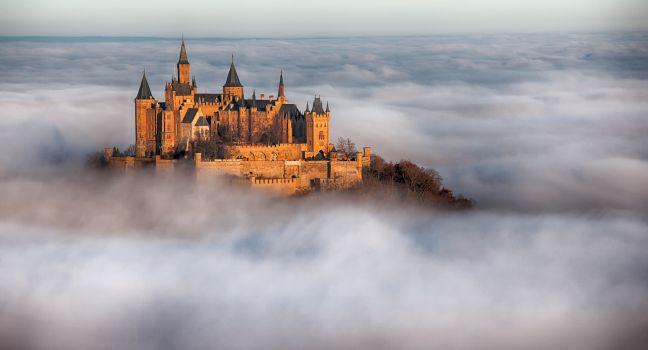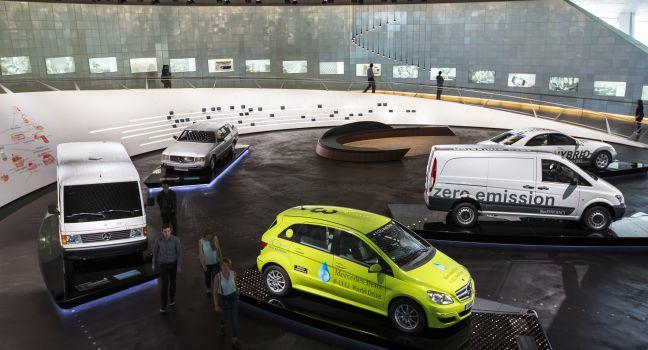What's most striking is the architectural variety of this great castle complex. The oldest parts still standing date from the 15th century, though most of the castle was built during the Renaissance in the baroque styles of the 16th and 17th centuries, when the castle was the seat of the Palatinate electors. There's an "English wing," built in 1612 by the elector Friedrich V for his teenage Scottish bride, Elizabeth Stuart; its plain, square-window facade is positively foreign compared to the castle's more opulent styles. (The enamored Friedrich also had a charming garden laid out for his young bride; its imposing arched entryway, the Elisabethentor, was put up overnight as a surprise for her 19th birthday.) The architectural highlight remains the Renaissance courtyard—harmonious, graceful, and ornate.
Even if you have to wait, make a point of seeing the two-story Grosses Fass (Great Cask) in the cellar, possibly the world's largest wine barrel, made from 130 oak trees and capable of holding 58,500 gallons. It was used to hold wines paid as taxes by wine growers in the Palatinate. The Deutsches Apotheken-Museum is also included in your ticket and worth a look to see six re-created apothecaries dating back as far as the 17th century. In summer there are fireworks displays, on the first Saturday in June and September and the second Saturday in July, to commemorate when the castle went up in flames in 1689, 1693, and 1764. In June and July the castle hosts a theater festival. Performances of The Student Prince often figure prominently. Take the Königstuhl Bergbahn, or funicular—faster and less tiring than hiking to the castle on the Burgweg. Audio guides are available in eight languages.





